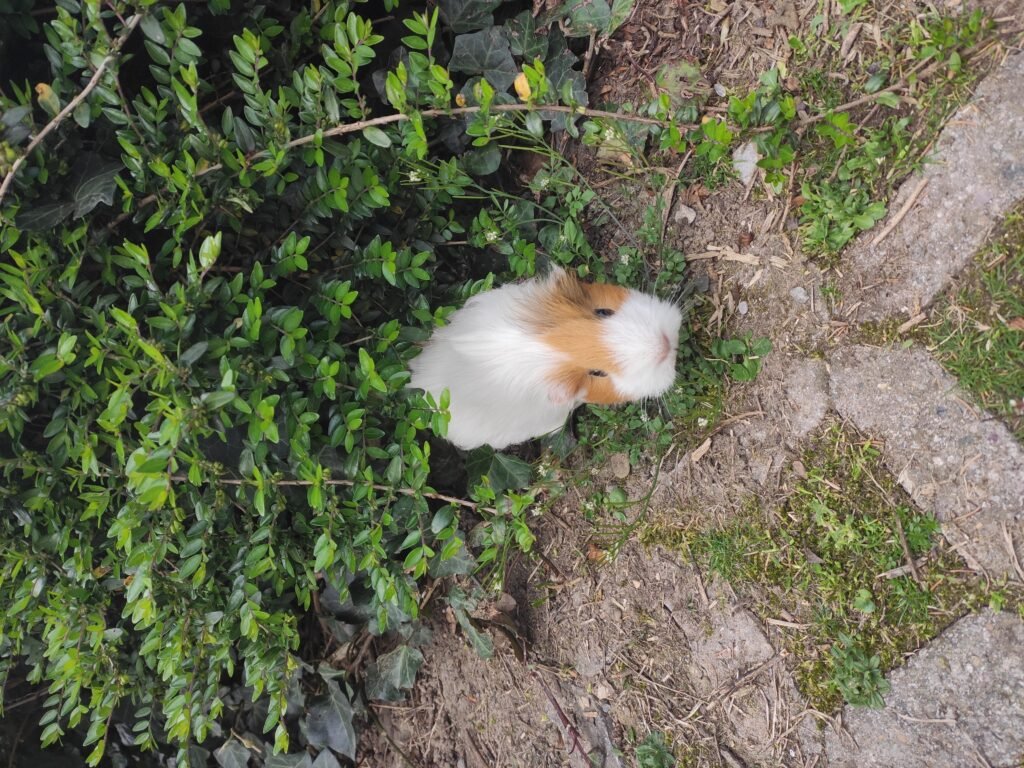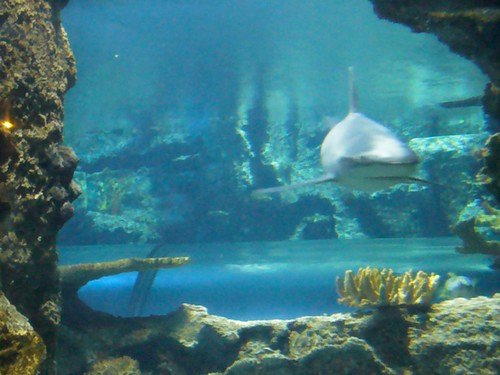Picture this: thousands of years ago, high in the rugged Andean mountains, indigenous people were nurturing small, squeaking creatures that would eventually become one of the world’s most beloved pets. These weren’t just any ordinary animals – they were guinea pigs, and their journey from sacred ceremonial offerings to cherished family companions represents one of humanity’s most fascinating relationships with the animal kingdom. Today, millions of these adorable rodents live in homes across the globe, but their story begins in a world so different from our modern living rooms that it seems almost mythical.
The Ancient Andean Origins

Deep within the heart of the Andes Mountains, around 5000 BCE, the Inca civilization began domesticating wild cavies – the ancestors of our modern guinea pigs. These small rodents, scientifically known as Cavia porcellus, were initially captured from the wild and bred for very specific purposes that had nothing to do with companionship. The Incas called them “cuy,” a name that perfectly mimicked the squeaking sounds these creatures made when communicating with each other.
Archaeological evidence suggests that guinea pig domestication occurred simultaneously across multiple Andean regions, including present-day Peru, Bolivia, and Ecuador. The process wasn’t accidental – indigenous peoples deliberately selected the calmest, most docile wild cavies for breeding. Over generations, this selective breeding produced animals that were significantly different from their wild cousins, with rounder bodies, varied coat colors, and a remarkable ability to thrive in human environments.
Sacred Squeaks and Spiritual Significance

For the ancient Andean civilizations, guinea pigs held profound spiritual meaning that extended far beyond their practical uses. These small creatures were considered sacred messengers, capable of communicating with the gods and revealing important information about the future. Inca priests would examine the entrails of sacrificed guinea pigs to predict everything from weather patterns to the outcomes of military campaigns.
The spiritual connection was so strong that guinea pigs were often buried alongside their human owners, ensuring companionship in the afterlife. Many Inca tombs discovered by archaeologists contain mummified guinea pigs, positioned carefully next to jewelry and other precious items. This practice reveals just how deeply integrated these animals were into the fabric of Andean society, serving as both earthly companions and spiritual guides.
The Protein-Rich Delicacy

While their spiritual roles were important, guinea pigs served an equally crucial practical purpose in Andean society – they were a primary source of protein. In the high-altitude environment where traditional livestock struggled to survive, guinea pigs thrived on simple vegetable scraps and could reproduce rapidly. A single pair could produce dozens of offspring within a year, making them an incredibly efficient food source.
The meat was considered a delicacy, reserved for special occasions and religious ceremonies. Even today, cuy remains a traditional dish in Peru, Bolivia, and Ecuador, with restaurants serving roasted guinea pig as a cultural specialty. This culinary tradition represents an unbroken chain connecting modern Andean communities to their ancient ancestors, demonstrating how deeply rooted these animals are in South American culture.
European Discovery and Early Misconceptions

When Spanish conquistadors arrived in the Americas during the 16th century, they encountered guinea pigs for the first time and were immediately fascinated by these strange, squeaking creatures. The Spanish initially called them “conejillos de Indias” (little rabbits of the Indies), completely misunderstanding their true nature. This confusion would persist for centuries, leading to the persistent myth that guinea pigs were somehow related to rabbits.
The conquistadors were amazed by how efficiently indigenous peoples raised these animals, noting their rapid reproduction and minimal care requirements. Spanish chronicles describe entire households where guinea pigs roamed freely, living alongside families and serving multiple purposes. These early European observers couldn’t quite grasp the spiritual significance of the animals, focusing instead on their practical applications and unusual behaviors.
The Great Ocean Crossing

The journey from the Andes to Europe began in the 1550s when Spanish traders started bringing guinea pigs back to Europe as exotic curiosities. These early travelers faced enormous challenges transporting live animals across treacherous ocean voyages that could last months. Many guinea pigs died during the crossing, making the survivors extremely valuable and sought-after in European markets.
The first guinea pigs to reach European shores were likely gifts for wealthy aristocrats and royalty, who kept them as living symbols of their connection to the New World. These early European guinea pigs were quite different from modern pets – they were smaller, more nervous, and retained many wild characteristics that centuries of selective breeding have since eliminated. The successful transportation of these animals represents one of the earliest examples of intercontinental pet trade.
Royal Pets and Noble Companions
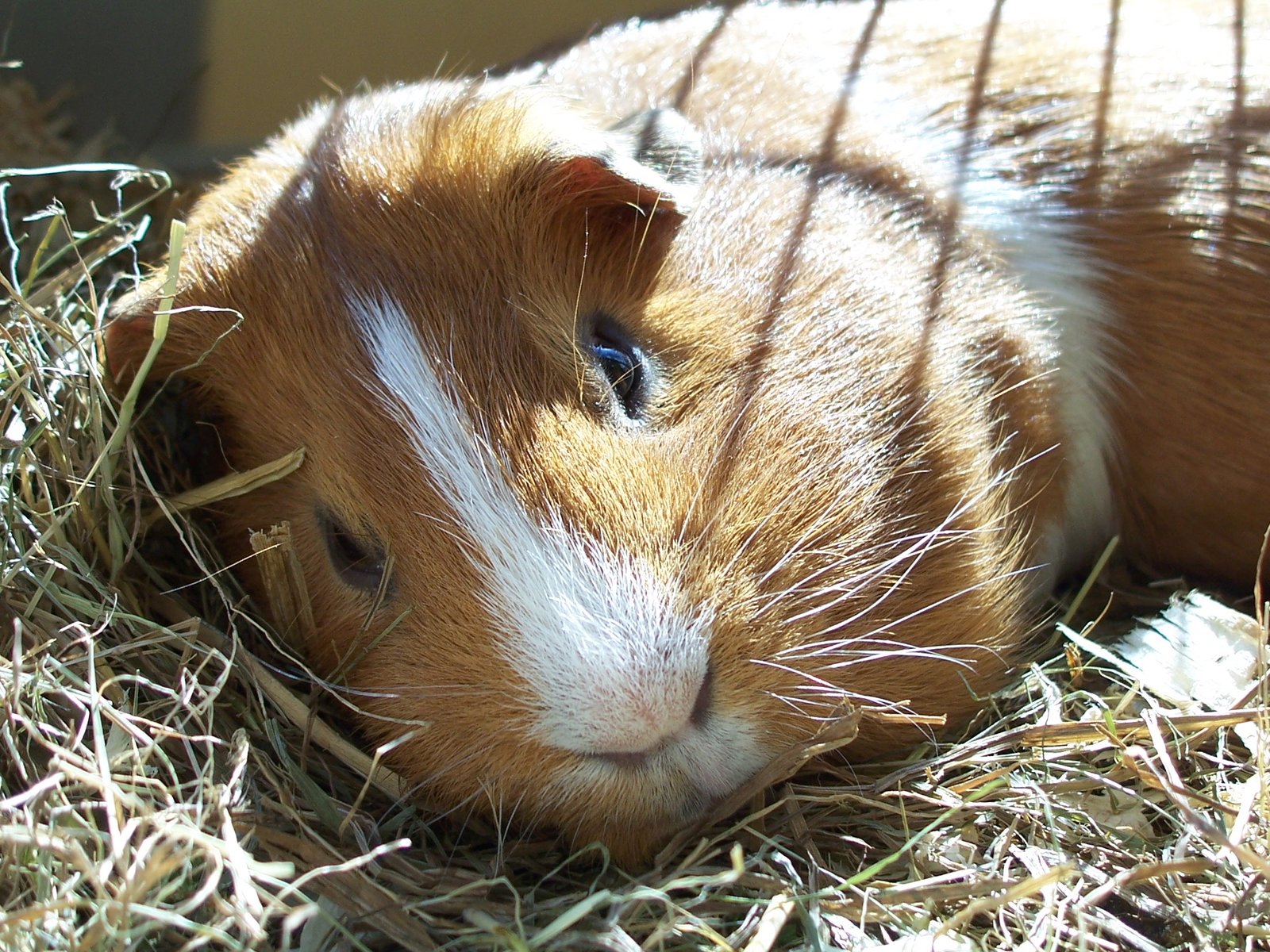
European nobility quickly embraced guinea pigs as fashionable pets, particularly among wealthy women who found their gentle nature and adorable appearance irresistible. Queen Elizabeth I of England was reportedly among the first European royals to keep guinea pigs, housing them in elaborate cages decorated with precious metals and fine fabrics. These royal guinea pigs lived lives of incredible luxury, fed the finest vegetables and tended by dedicated servants.
The Dutch became particularly enamored with guinea pigs, developing some of the first European breeding programs to create animals with specific coat colors and patterns. Dutch artists began including guinea pigs in their paintings, often depicting them as symbols of domesticity and prosperity. These artistic representations helped establish guinea pigs as desirable pets throughout Northern Europe, spreading their popularity among the merchant classes.
The Mystery of the Name

Despite their name, guinea pigs have absolutely nothing to do with Guinea, the West African country, nor are they related to pigs in any way. The origin of this confusing name has puzzled historians for centuries, with several competing theories attempting to explain the linguistic confusion. Some scholars believe “guinea” referred to the gold guinea coins that early guinea pigs cost, while others suggest it derives from “Guiana,” a region in South America.
The “pig” portion of the name likely comes from their squeaking sounds, which reminded Europeans of piglets, and their rounded, compact body shape. Different languages developed their own equally confusing names – Germans called them “Meerschweinchen” (sea pigs), while the French used “cochon d’Inde” (Indian pigs). This linguistic confusion reflects the general European bewilderment about these strange new animals from the Americas.
Scientific Classification and Understanding

It wasn’t until the 18th century that scientists began to properly understand guinea pigs and their place in the animal kingdom. Carl Linnaeus, the father of modern taxonomy, officially classified them as Cavia porcellus in 1758, finally establishing their true identity as rodents rather than miniature pigs. This scientific recognition marked the beginning of more systematic study of their behavior, physiology, and breeding characteristics.
Early naturalists were fascinated by guinea pigs’ unique characteristics, including their inability to produce vitamin C (a trait they share with humans and only a few other species), their complex social behaviors, and their remarkable vocal communication system. These scientific observations laid the groundwork for understanding guinea pigs as complex, intelligent animals deserving of proper care and respect rather than mere curiosities.
The Victorian Pet Boom

The Victorian era witnessed an explosion of interest in guinea pigs as household pets, driven by changing attitudes toward animals and the rise of the middle class. Victorian families embraced guinea pigs as ideal children’s pets, believing they taught responsibility and compassion while providing safe, manageable companionship. Pet shops began appearing in major cities, selling guinea pigs alongside specialized equipment and food.
Victorian guinea pig care was surprisingly sophisticated, with detailed manuals explaining proper housing, feeding, and breeding techniques. The era saw the development of the first guinea pig shows and competitions, where enthusiasts displayed their finest animals and competed for prizes. These events helped establish many of the breed standards that still exist today, creating distinct varieties with specific characteristics and appearances.
Laboratory Pioneers and Medical Breakthroughs

The 20th century brought a darker chapter in guinea pig history as they became essential laboratory animals for medical research. Their docile nature, manageable size, and genetic similarities to humans made them ideal subjects for studying everything from tuberculosis to allergies. The phrase “guinea pig” entered common usage meaning a test subject, reflecting their unfortunate role in experimental medicine.
Despite the ethical concerns surrounding animal testing, guinea pigs contributed to numerous medical breakthroughs, including the development of antibiotics, vaccines, and surgical techniques. Their sacrifice helped save countless human lives and advance medical knowledge in ways that would have been impossible without animal models. Modern research ethics have significantly reduced the use of guinea pigs in testing, but their historical contribution to medical science remains undeniable.
The Modern Pet Revolution
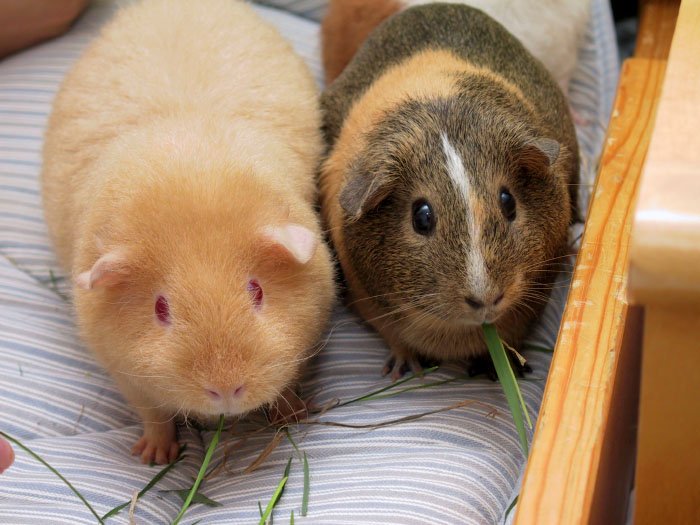
The latter half of the 20th century marked a revolutionary shift in how people viewed guinea pigs, transforming them from laboratory subjects back into beloved family pets. This change was driven by better understanding of their complex needs, improved veterinary care, and growing awareness of their intelligence and social nature. Pet stores began offering specialized guinea pig supplies, including spacious cages, varied diets, and enrichment toys.
Modern guinea pig ownership represents a return to their roots as companion animals, but with significantly better knowledge of their needs. Today’s guinea pig owners understand the importance of social interaction, proper nutrition, and mental stimulation. The internet has created global communities of guinea pig enthusiasts who share care tips, breeding advice, and celebrate the unique personalities of their pets.
Breeds and Varieties Explosion

Contemporary guinea pig breeding has produced an astonishing variety of breeds, each with distinct characteristics that would amaze the ancient Incas. From the long-haired Peruvian guinea pig with its flowing coat to the nearly hairless Skinny pig, modern breeding has created animals that barely resemble their wild ancestors. The American Cavy Breeders Association recognizes 13 official breeds, each with specific standards for color, coat texture, and body shape.
Some of the most popular breeds include the smooth-coated American guinea pig, the rosette-patterned Abyssinian, and the silky-haired Silkie. Each breed has developed its own dedicated following, with enthusiasts working to preserve and improve breed characteristics. This diversity reflects centuries of selective breeding and human intervention, creating living art forms that showcase the remarkable plasticity of guinea pig genetics.
Communication and Social Intelligence

Modern scientific research has revealed that guinea pigs possess far more complex communication systems and social intelligence than previously understood. They use at least 11 different vocalizations to express emotions, warnings, and social information, from the familiar “wheeking” sound that demands attention to subtle purring that indicates contentment. Their body language is equally sophisticated, with specific postures and movements conveying detailed social information.
Guinea pigs form intricate social hierarchies and lasting friendships, displaying empathy and cooperation that rivals more traditionally “intelligent” animals. They can learn their names, recognize human voices, and even perform simple tricks when properly motivated. This intelligence makes them fascinating companions but also demands more thoughtful care than many pet owners realize, requiring social interaction and mental stimulation to thrive.
Global Cultural Impact

Guinea pigs have transcended their origins to become global cultural icons, appearing in children’s books, animated movies, and internet memes. The character of the guinea pig as a gentle, slightly nervous but lovable creature has become deeply embedded in popular culture worldwide. From the beloved “G-Force” movie to countless YouTube videos showcasing guinea pig antics, these animals have captured imaginations far beyond their original Andean home.
Different cultures have developed their own guinea pig traditions and folklore, though none match the spiritual significance they held for the ancient Incas. In Japan, guinea pig cafes allow urban dwellers to interact with these animals, while in Germany, guinea pig racing has become a popular festival attraction. These modern cultural expressions demonstrate how guinea pigs have successfully adapted to diverse human societies while maintaining their essential charm.
Health and Welfare Advances

The 21st century has brought remarkable advances in guinea pig health and welfare, with specialized veterinary care becoming widely available for the first time in their long history with humans. Modern guinea pig medicine can address everything from dental problems to complex surgeries, dramatically extending their lifespans and improving their quality of life. Nutritional science has also advanced significantly, with commercial diets now formulated to meet their specific dietary needs.
Animal welfare organizations have developed comprehensive guidelines for guinea pig care, emphasizing the importance of proper housing, social companionship, and environmental enrichment. These standards represent a dramatic improvement over historical care practices and reflect growing understanding of guinea pigs as sentient beings deserving of respect and proper treatment. The development of guinea pig rescue organizations has also provided safety nets for abandoned or unwanted animals.
Environmental Considerations and Sustainability

As awareness of environmental issues grows, guinea pig ownership has begun to intersect with sustainability concerns in interesting ways. Their vegetarian diet makes them relatively environmentally friendly pets compared to carnivorous animals, while their small size means they require fewer resources overall. Some environmentally conscious owners have begun growing their own guinea pig food, creating sustainable micro-farms that provide fresh vegetables while reducing transportation emissions.
The guinea pig bedding industry has also evolved to embrace more sustainable practices, with manufacturers developing biodegradable and recycled bedding materials. This environmental consciousness represents a new chapter in the guinea pig-human relationship, where care for these animals extends to care for the planet they share. Modern guinea pig ownership increasingly reflects broader values about sustainability and responsible consumption.
The Digital Age Guinea Pig
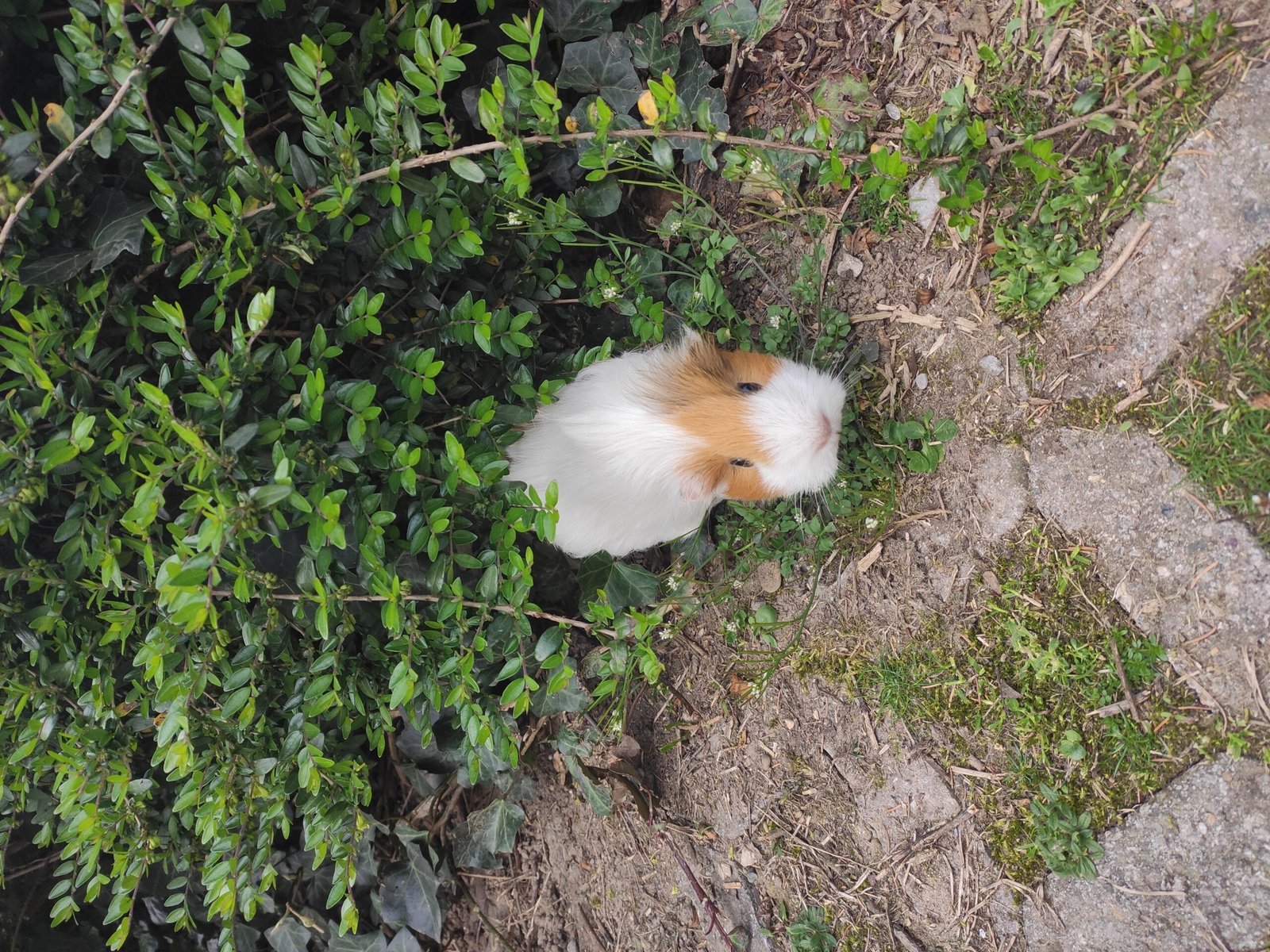
The internet has revolutionized guinea pig culture, creating global communities of enthusiasts who share care tips, breeding advice, and celebrate their pets’ unique personalities. Social media platforms overflow with guinea pig content, from educational videos about proper care to hilarious clips of guinea pig “popcorning” – their joyful jumping behavior. Online guinea pig communities have become invaluable resources for new owners, providing support and guidance that was previously unavailable.
Digital technology has also enabled new forms of guinea pig entertainment and enrichment, with apps designed to provide mental stimulation and interactive games. Some tech-savvy owners have even created elaborate automated feeding systems and monitoring devices to ensure their guinea pigs receive optimal care. This technological integration represents the latest evolution in the guinea pig-human relationship, blending ancient companionship with modern innovation.
Future Horizons and Conservation

Looking toward the future, guinea pigs face both opportunities and challenges as they continue their long journey with humans. Wild guinea pig populations in South America face pressure from habitat loss and climate change, making conservation efforts increasingly important. Scientists are working to preserve the genetic diversity of wild guinea pigs, recognizing their importance as the foundation for all domestic breeds.
The relationship between humans and guinea pigs continues to evolve, with advances in veterinary care, nutrition, and understanding of their behavioral needs promising even better lives for future generations of these remarkable animals. As we move forward, the challenge lies in balancing our love for these creatures with responsible ownership and conservation of their wild relatives. The guinea pig’s journey from sacred Andean animal to global companion is far from over, and the next chapter promises to be as fascinating as their remarkable past.
From the sacred ceremonies of ancient Peru to the loving homes of modern families worldwide, guinea pigs have maintained an extraordinary relationship with humanity that spans millennia. Their transformation from wild Andean cavies to beloved household companions represents one of the most successful animal domestication stories in history. Today’s guinea pig owners are part of an unbroken chain connecting them to the Inca priests who first recognized these animals’ special qualities thousands of years ago.
The guinea pig’s journey teaches us about the power of human-animal bonds and how they can transcend cultural boundaries, survive historical upheavals, and adapt to changing times. As we continue to learn more about these remarkable creatures, we gain deeper appreciation for their intelligence, emotional complexity, and capacity for companionship. Have you ever wondered what an ancient Inca would think of today’s pampered guinea pigs living in heated homes and receiving specialized veterinary care?

